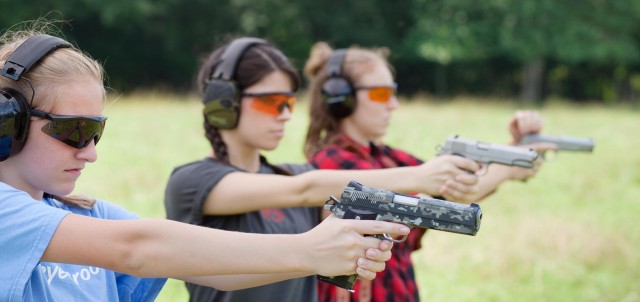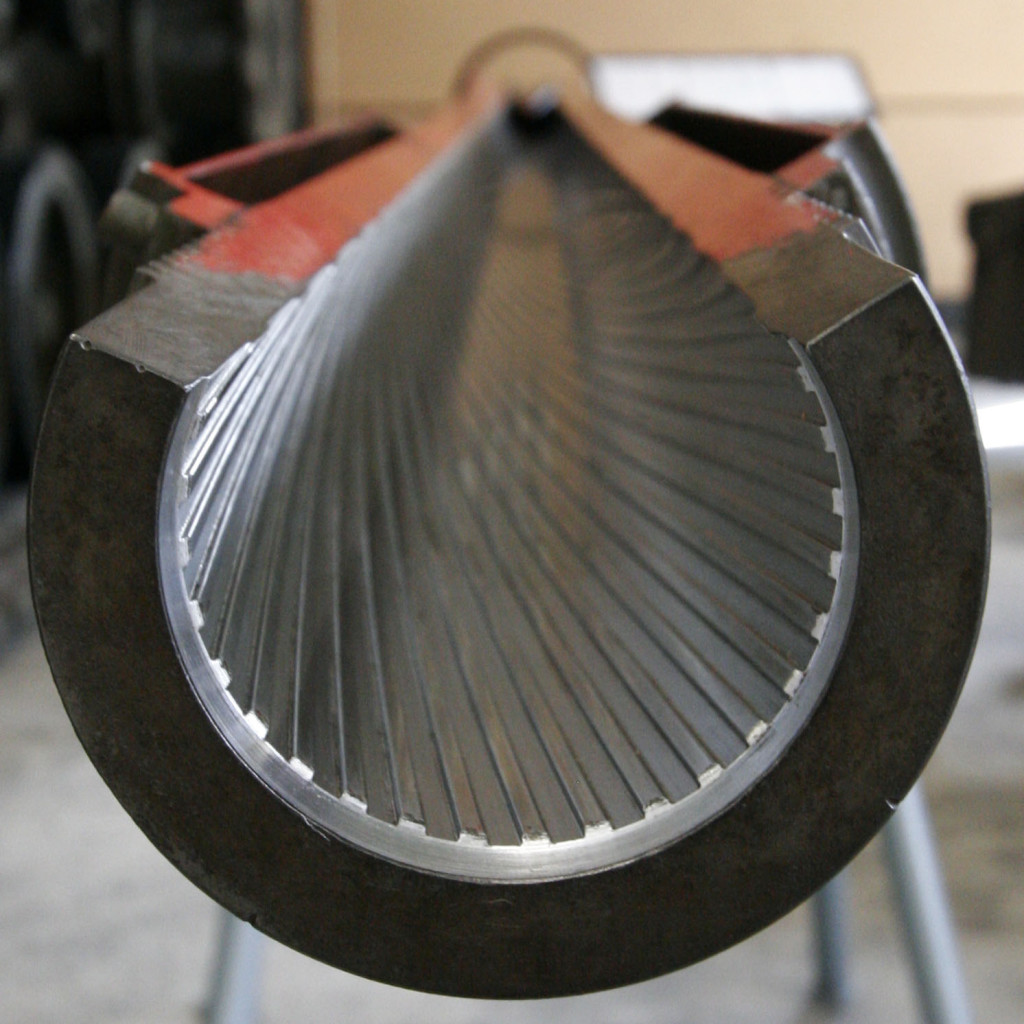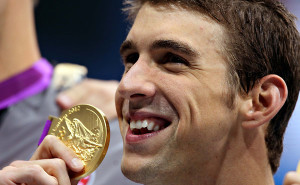Posted on
September 10, 2014 by
Martin Banks
Professional athletes spend roughly half of their time on the road during the season, so flying between destinations is part of the job. Therefore, athletes who suffer from aviophobia, or a fear of flying, may find it very difficult to handle the constant air travel. Sports teams tend to travel in style, taking chartered planes to their road games, but this doesn’t make the trip any easier for these athletes who get just as nervous for the plane rides as they do for their athletic events.
Wayne Gretzky

You wouldn’t know it by the records he broke on the ice, but the Great One was actually terrified to fly early in his career. His roommate at the time, Ace Bailey, eventually learned how to calm him down before flights and made flying much easier for Gretzky. Tragically, Bailey was on one of the planes involved in the 9/11 terrorist attacks. Gretzky also used a hypnotist to help him get over this fear.
Cortland Finnegan
Despite his fearless attitude on the football field, Cortland Finnegan does have one fear: flying. When he was selected to his first Pro Bowl in 2008, Finnegan thought about taking a cruise ship to the game because the thought of flying over the Pacific Ocean terrified him.
James Harrison Read the rest of this entry →
Tags: athletesfear of flyingsports history
Category
Scott Huntington, Sports History
Posted on
September 05, 2014 by
Martin Banks
This is part two of my previous post on the history of shooting sports.

Annie Oakley rose to fame in the 19th century, renowned around the world for her incredible marksmanship. It was said that Oakley was so skilled a markswoman, she could shoot the end of a cigarette between her husband’s lips or put holes in playing cards launched into the air before they hit the ground.
Part of Oakley’s novelty wasn’t just her skill; it was once considered extremely rare for women to be able to handle a gun, let alone shoot one with that kind of skill. But things are changing, and fast. Let’s take a look at in what ways.
More Women Gun Owners Than Ever
Women gun ownership is growing at a remarkable pace. Last year it was reported that gun ownership among women had risen by 77 percent since 2005.
Opinions are divided as to why more women than ever are learning to shoot. Some believe that guns have been highly glamorized by a pro-gun American society. Others point to the vulnerability that many women experience in terms of violent crimes. An armed women may feel safer when by themselves than their unarmed counterparts. Read the rest of this entry →
Tags: shootingwomen shootingWomen's Sports
Category
Scott Huntington, Sports History
Posted on
September 03, 2014 by
Martin Banks
Firearms have been around since 1260, but were nothing more than a barrel, charged with a measure of black powder. The first firearms where weapons of war, but once the technology could be refined into smaller, more accurate devices, they were primarily used for hunting.
One of the biggest problems with firearm precision had to do with the construction of the barrel and the shape of the round blasting from the muzzle.
• It Took 600 Years for Shooting Sports to Immerge

It wasn’t until firearm manufacturers began to implement ‘rifling’ in mass production, rather than the conventional ‘smooth bore,’ that these devices were considered precision instruments. The US Civil War (1861-65) was the first instance of large-scale implementation of the supremely accurate ‘gain twist’ rifling for military applications. Also before then, the round itself acted more like an unpredictable knuckleball, because it was nothing more than a lead sphere. The musket ball design had to change to the more aerodynamic ‘bullet’ shape that we know today. Read the rest of this entry →
Tags: historyScott Huntingtonshooting sports
Category
Scott Huntington
Posted on
August 29, 2014 by
Martin Banks
Just when we had begun contemplating a summer Olympics without swimming veteran and champion Michael Phelps, we suddenly find we don’t have to.
He shocked everyone with the unexpected announcement that he would be stepping out of retirement to compete for gold once more.
Perhaps it’s because he truly missed being in the water: what some consider to be his natural element. Others think it could be the leader in him, as performances by other American swimmers leave much to be desired as of late.

As all eyes turn to Brazil, the host nation of the 2016 Summer Olympic Games, there are some questions that many would like to see answered by and of Phelps before he hits the water in a couple of years’ time.
Why did he Leave Retirement?
“I missed being in the water,” said Phelps of his absence. “And I missed those kinds of races.” Read the rest of this entry →
Tags: Michael PhelpsolympicssportsSwimming
Category
Scott Huntington, Swimming
Posted on
August 14, 2014 by
Martin Banks
Whether you’re a horseracing fan, a NASCAR fan, or a fan of both, there’s just something special about Dover Downs. Affectionately nicknamed, “The Monster Mile,” the Dover International Speedway has been home to at least two NASCAR races a year since 1969.

This track isn’t one of those that began just as a horseracing course later retrofitted to accommodate auto racing. From the very beginning, Dover Downs was built for both horse and auto racing. Its NASCAR history began with a bang, as the first race – known as the Mason-Dixon 300 – was won by none other than Richard Petty.
NASCAR Niche
It quickly became clear NASCAR was the biggest auto racing draw to the track, so beginning in 1971, the Dover International Speedway did away with all auto races that were not NASCAR sanctioned. This meant all the attention at Dover was now on the two 500-mile NASCAR Sprint Cup Series races.
And though Richard Petty had the first win on the track, Jimmie Johnson is the one who really seems to own the place. He has had 9 wins there. Mark Martin could also make a viable claim of supremacy at the Monster Mile as well, as he has had the most top-five finishes with 23, and the most top-ten finishes as well, with 31. Read the rest of this entry →
Tags: DoverDover DownsNASCAR
Category
NASCAR, Scott Huntington, Sports History
Posted on
August 11, 2014 by
Martin Banks
Now that the calendar has turned to August, the eyes of the racing world have turned to the historic Saratoga Race Course in beautiful Saratoga Springs, N.Y. This town is wonderful to visit any time of the year, but it really springs to life during the summer racing meet, when top thoroughbreds converge to compete in top-quality races.
Saratoga has been hosting summer races since 1863, and over the years it has become known as the “graveyard of champions.” This refers to the fact that many times, horses that seemed invincible went down in stunning defeat. Although races like these can lead to huge payoffs for bettors, it comes at great expense to champion horses. Two of these horses share that history and also the nickname of Big Red. They were Man ‘o War and Secretariat.
Man o’ War Melts
![1 R UMAX Mirage IIse V1.1 [4]](http://sportsthenandnow.com/wp/wp-content/uploads/2014/08/manowar-300x240.jpg)
Man o’ War was a stunning chestnut colt who raced in the years 1919 and 1920. When he competed in the Sanford Stakes for 2-year-olds on Aug. 13, 1919, his reputation was already such that he seemed a lock to win. His previous six victories were so impressive that it seemed it was impossible for him to lose. In fact, this was the only race that he ever would lose in his entire racing career.
Starting gates were not used at this time, and starters had to make sure horses were properly lined up behind a tape barrier and ready to race. Unfortunately for Man o’ War, the tape was sprung when he was apparently backing up. Essentially, he was left at the start. Read the rest of this entry →
Tags: Horse RacingMan O' WarSaratogaSecretariat
Category
Horse Racing, Scott Huntington





![1 R UMAX Mirage IIse V1.1 [4]](http://sportsthenandnow.com/wp/wp-content/uploads/2014/08/manowar-300x240.jpg)